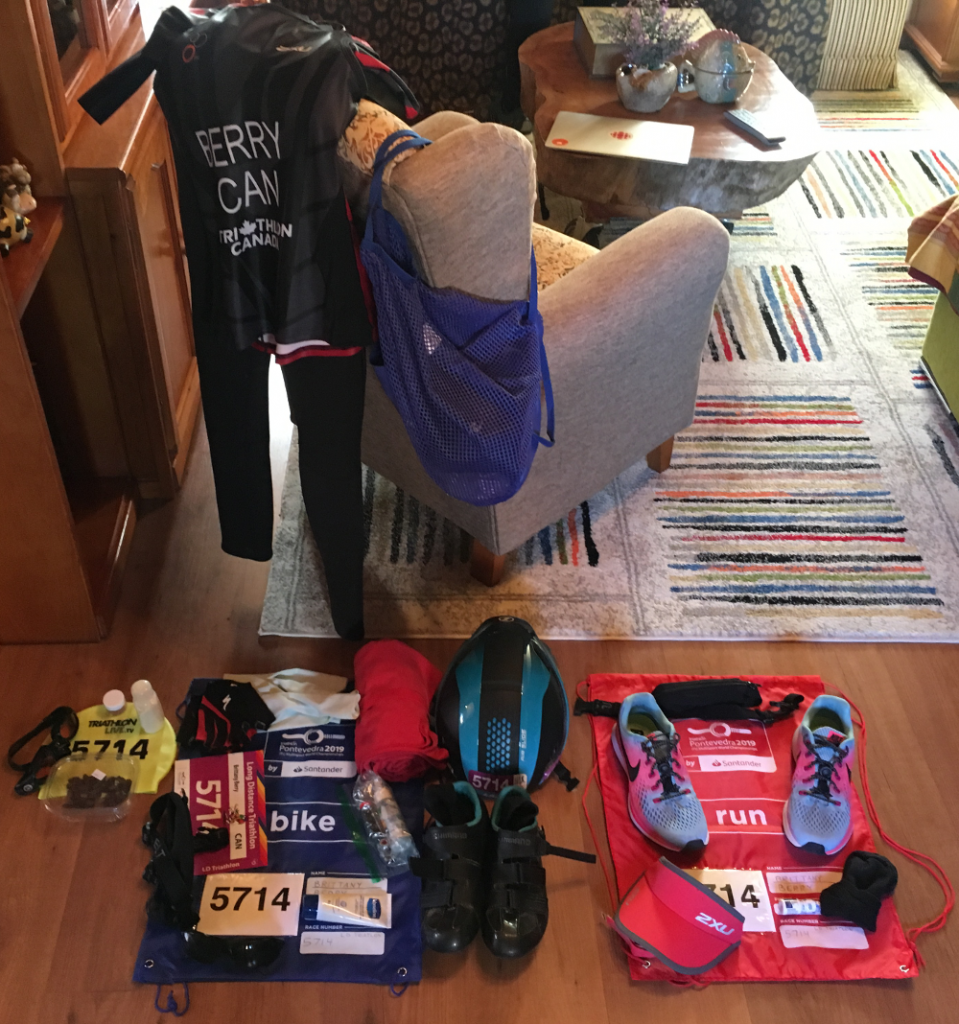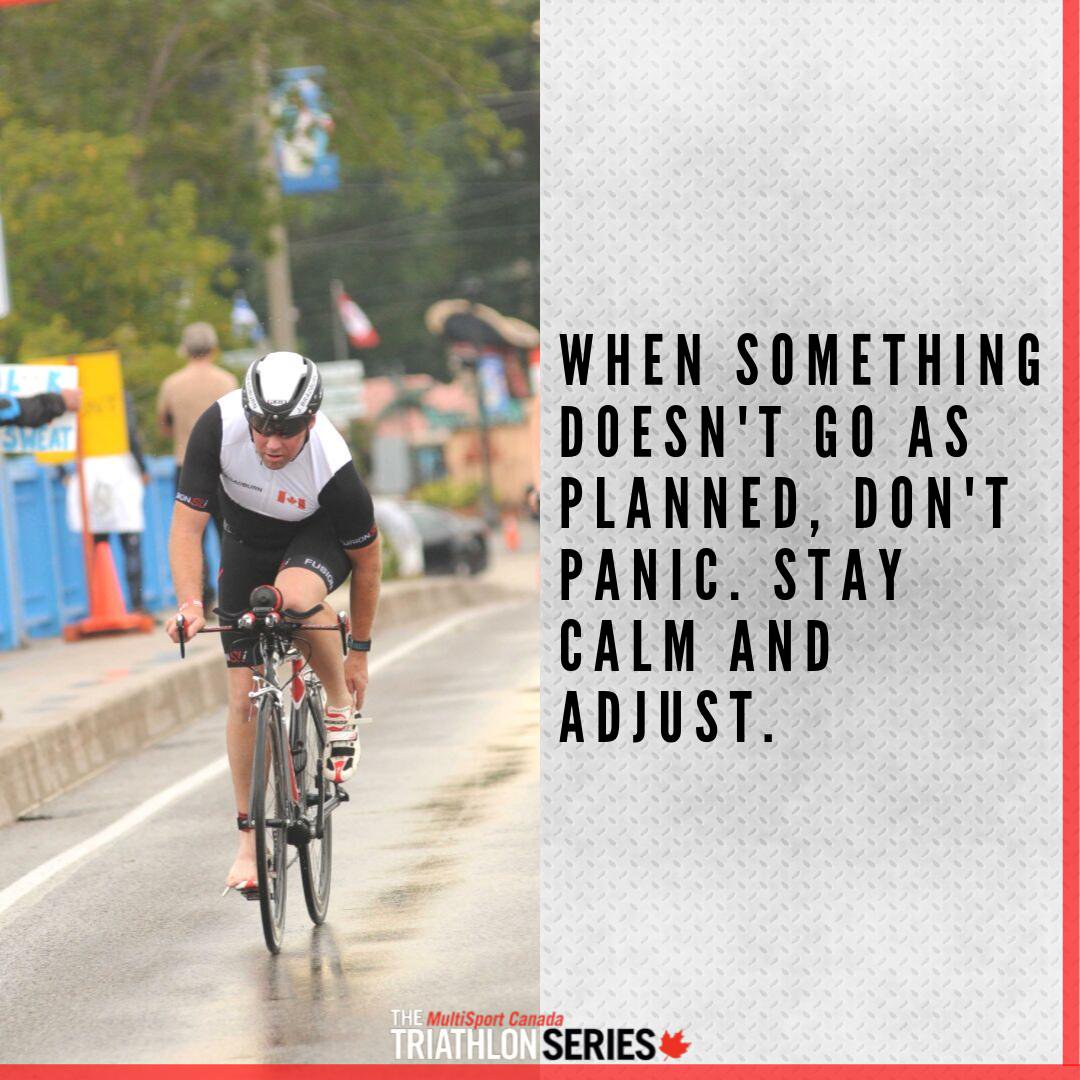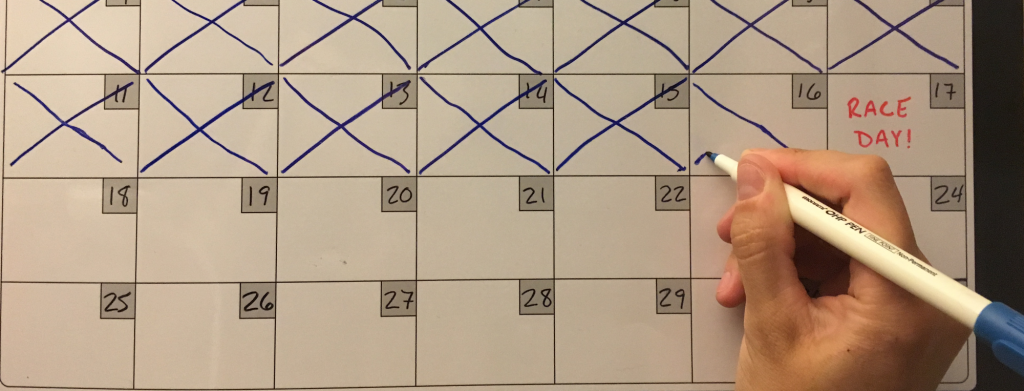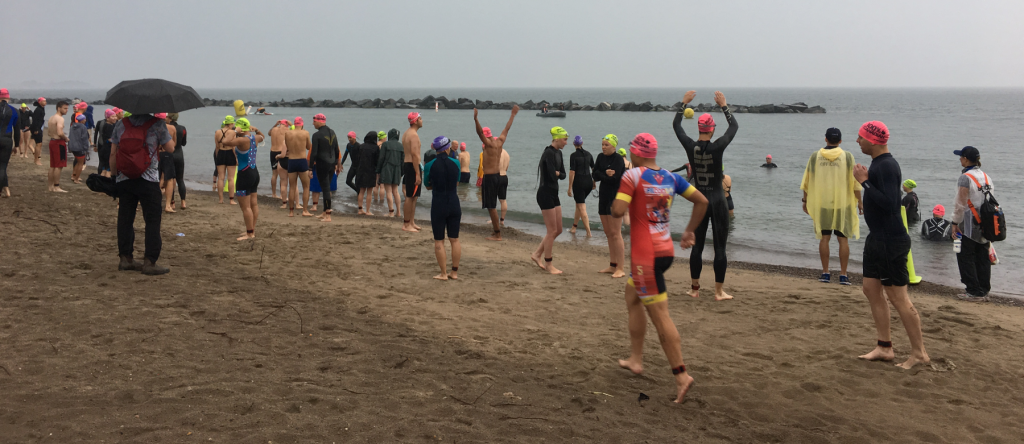Race Prep for Your First Triathlon (or First 100 of Them) – Part II
To Do’s for Race Day Eve and Morning
By: Brittany Berry, 2019 event ambassador for Toronto Island Triathlon
If you have a triathlon coming up soon, hopefully you’ve already read the Part I of this article on race prep to do’s in the week before an event or have at least started thinking about how to get set. This blog post here builds on the tips in Part I to have you ready in the final 24 hours leading up to a multisport event. As mentioned in that article, every triathlete will have their own race goals and experiences, so their exact preparation methods will be unique to them too. Also, no two multisport events are the same, each with their own differences in challenges, so how an athlete gets ready for one race will vary as well from how they prepare for another. Part II here will help you plan what you need to do for logistical preparations for your upcoming triathlon.
Ideally, at this point you will have already done these activities over the course of the week leading up:
- Mentally simulated going through the event,
- Started gathering race day and travel items to be ready for packing,
- Inspected your gear and replaced any needed pieces,
- Have already built up your fitness over time (of course!) and more recently, brushed up on technical skills, and
- Reviewed the info on your event or checked out MultiSport Canada’s Resource Library if your race info is still on the way.
I hope you have your pen and papers ready!
Lining Up the Final Dominoes
Get set-up to bring your best self to the race. That includes your best equipped, best fuelled, and best hydrated self. Here are my tips for planning out what detailed tasks you need to do and when in your multisport preparations:
Write down your ideas, either manually or digitally. Sometimes we might think that getting ready for a certain race will be so simple that we don’t need to write notes down. I suggest doing it anyways though. In the worst case scenario, if after writing it all down, you actually end up with a straight-forward list of only a few items and to-do’s that you can easily remember… then you can throw it out. I think more likely than not though, you’ll realize you had missed a few things that you won’t want to forget.
If a task can be done further ahead of the race rather than later, then plan to do it earlier (ex. on the day before rather than the morning of the triathlon) and stick to it. The only tasks that should be left to do on the morning of an event are the tasks that can only be done at that time.

Lay out all the items you plan to take, organize it, and double-check against your checklist. No, it’s not over-obsessive to do so.
Make divided checklists of race items that are categorized by different stages. Divide them into categories like things you need (or might need just in case) at and before the start time, in T1 heading into the bike, in T2 heading into the run, after the finish, and – if your event allows – in your Special Needs bag(s). If the event has a separate equipment check-in ahead of the race (ex. check-in for bike and transition bags the day before), then I will mark on my checklists which items need to be put in place in that earlier check-in and which can be added in on the morning of. For a clearer visual check, lay out all the gear you plan to take, organize it, and double-check it against your checklist. Finally, depending on the extent of the travel involved for you to get to the triathlon, you may want to keep another checklist of things you need for that on its own.
Review your in-race hydration and nutrition needs. Which foods (aka. fuels) and drinks will you need? How much? At what points in the event? Which ones will you take from on-course aid stations vs. ones you’ll bring yourself? If you’re still new to understanding this stuff, this article on fuelling and hydrating during a triathlon is a great start for beginners.
If you are lucky enough to have a friend or family member helping you for the event (aka. a “race sherpa”), communicate with them. Make sure you’ve discussed the tasks you need their help with, what info they only need to be aware of, when to give you your space to focus, and how to support you in those just-in-case scenarios.
Look After Yourself: Biological Needs
Eat and hydrate well heading into to the event. Avoid potential problem foods and beverages in the last day coming up to your race – this is not the time to try new things. Get the best sleep you can the night before. Have a pre-race-appropriate breakfast – a good top-up of carbs that are easy to absorb and that your body is used to. Speaking of doing things as you’re used to, don’t be afraid of coffee – again, only if it’s already a habit for your typical morning. Go to the washroom one last time (important!). After you’ve checked-in for the race start and have your gear all set, start moving around to get your body revved up and, if possible, get some warm-up swimming in. You’re ready for this!
Keep in Mind: Control What You Can, Adjust to What You Can’t

That’s the right attitude! You can find MultiSport Canada’s #RaceTipWednesday posts on Facebook, Instagram, and Twitter.
Although this blog post is meant to cover just logistical preparation, it wouldn’t be complete without a small note on mental preparation. Being prepared for different scenarios you can see possibly happening (within reason) helps you take control of your race experience for yourself and make the best of things in the case you encounter a difficult situation. However, things can happen in triathlon that we don’t have control over, that we can’t plan enough for, and the best way to handle those cases is to adjust to them, even if it means modifying your original plans. With all the training you’ve done to get here, you know that you can plan, carry through, and even adapt your actions for your best race. Go get ’em!


